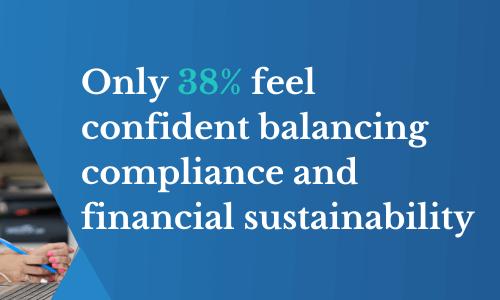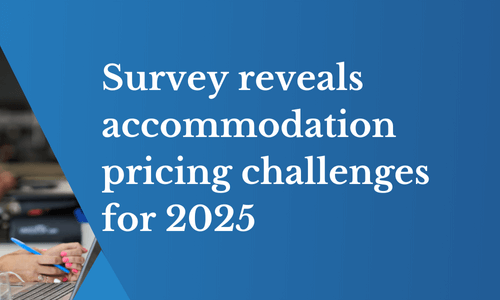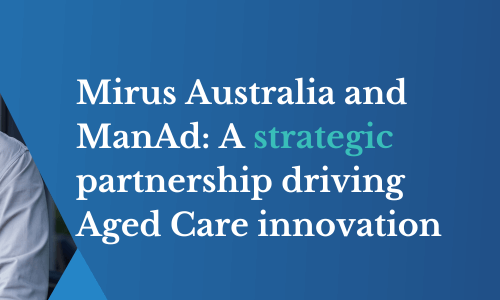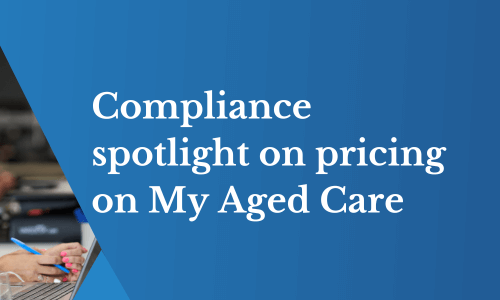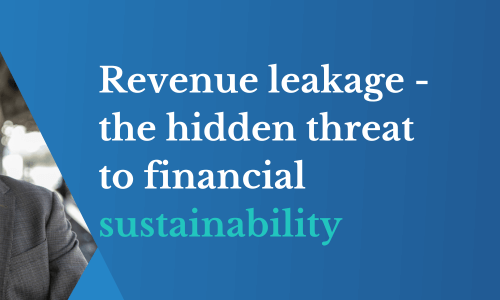Providers lack confidence in balancing compliance with financial sustainability
As part of our “How care minutes are shaping the future of aged care” webinar, a survey conducted ahead of the 2025 care minute compliance changes gathered valuable insights from aged care providers across Australia. The survey revealed a range of concerns and priorities related to implementing care minute compliance strategies.
